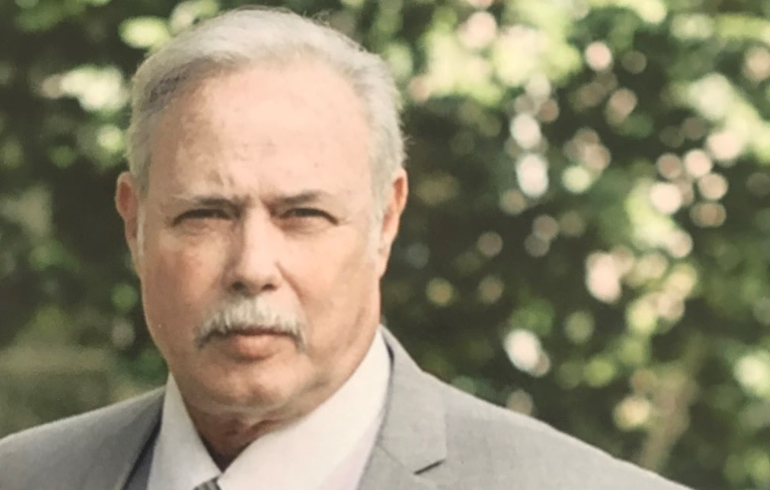Sounding Board: Five Minutes With Geoff Miller, American Aviation Industries Managing Director

Credit: Geoff Miller
Of all the things Geoff Miller has tried, retirement is the only one he seems to have struggled with. “I’ll work ’til the day I die,” he says. “I just can’t stand sitting still.” He first tried it in the early 1990s, after winning a court battle with GE arising from an aborted program to...
Subscription Required
This content requires a subscription to one of the Aviation Week Intelligence Network (AWIN) bundles.
Schedule a demo today to find out how you can access this content and similar content related to your area of the global aviation industry.
Already an AWIN subscriber? Login
Did you know? Aviation Week has won top honors multiple times in the Jesse H. Neal National Business Journalism Awards, the business-to-business media equivalent of the Pulitzer Prizes.





